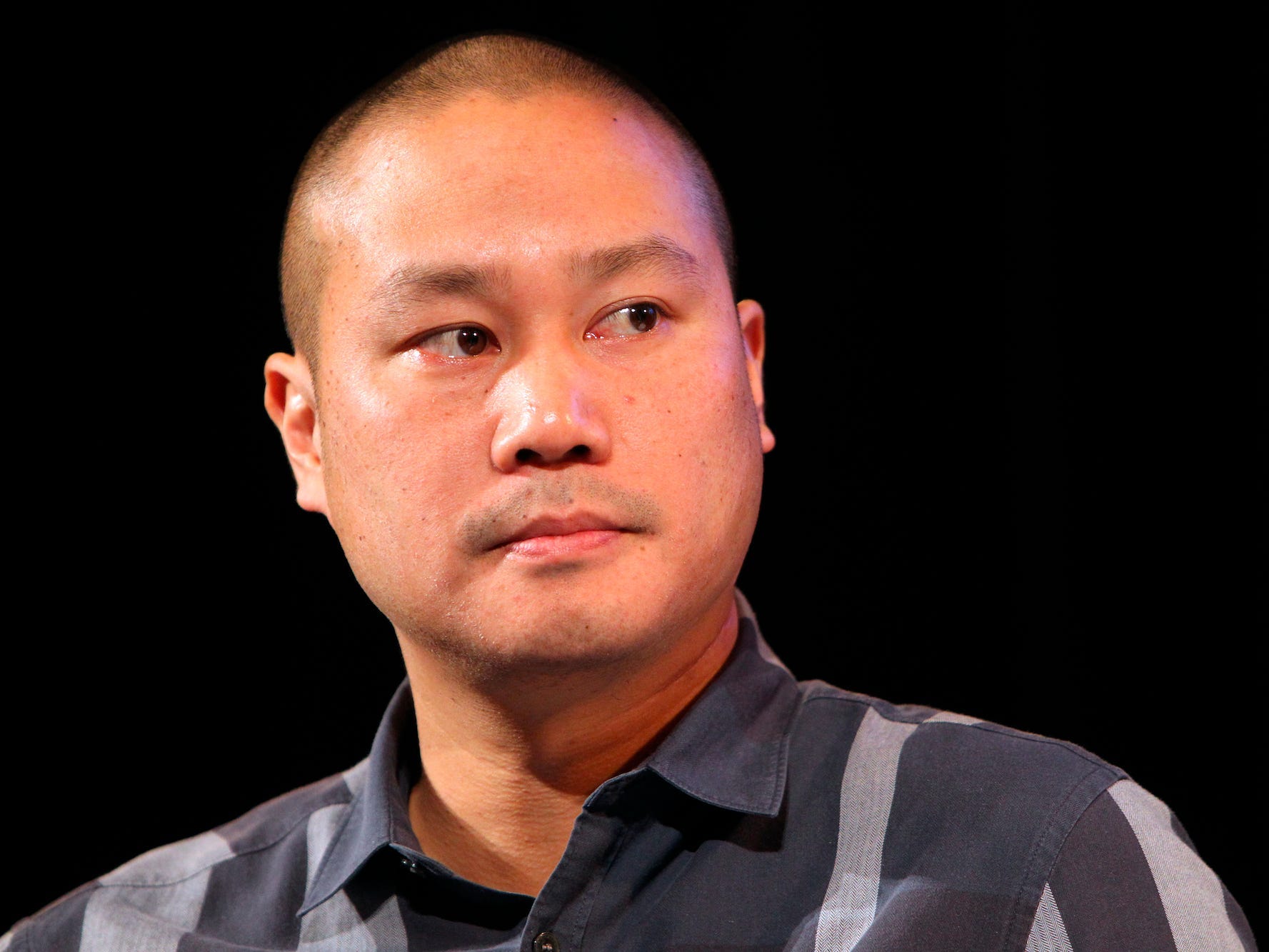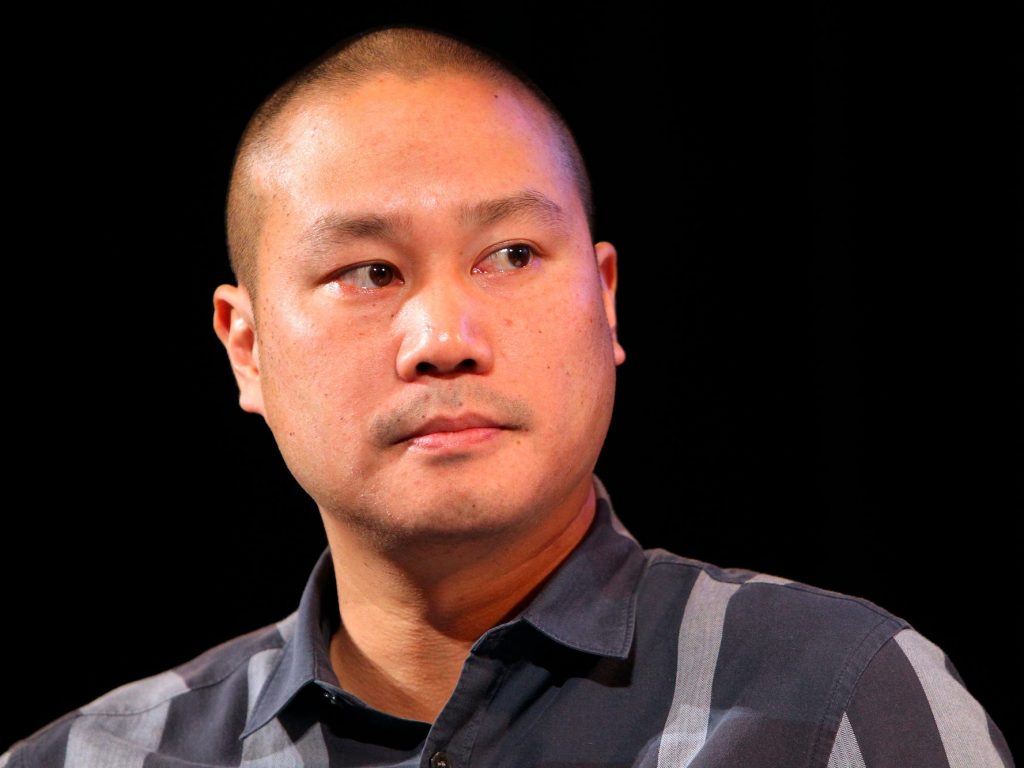
Chris Farina/Corbis via Getty Images
- Tony Hsieh, the late Zappos founder, created a way to handle the "unending treadmill" of his inbox.
- He would only respond to emails received the day before, a technique he called "yesterboxing."
- I regularly receive between 60 and 100 emails a day – so I put Hsieh's technique to the test.
Email overload can feel like a perpetual struggle.
A 2016 experiment, which compared the email habits of 40 staffers over 12 days, found that each worker checked their inbox 77 times a day, on average. Some checked it as many as 100 times.
Email can also be distracting and leave people feeling that they've always got to respond. I know how this feels first-hand. On any given day, I have between 60-100 unread emails. These are mostly irrelevant pitches sent by PRs or other organizations looking for coverage.
To cope with the flood, I let them accumulate. Then when I have time, I sift through them and respond en masse to those worth following up.
This helps me focus on other things but it's imperfect. I sometimes miss urgent requests or reply later than needed.
Using former Google CEO Eric Schmidt's email productivity hack helped me cut down a post-vacation backlog. In search of a more efficient technique, I studied the tactics of another successful entrepreneur: the late Tony Hsieh, founder of shoe company Zappos.
Hsieh developed the "yesterbox" system. The premise is simple: unless it's urgent, only respond to emails you received the day before. That way you know exactly how many you have to get through. "Unless it can't wait 48 hours, they are not your problem today,'' Hsieh wrote in a 2013 LinkedIn post.
He would answer, file, forward, or delete at least 10 of the previous day's emails before tackling anything that needed urgently addressing. It took him around three hours to clear the previous day's influx. If he took a vacation, he would schedule catchup time later but would always start with yesterday's messages.
"Yesterboxing" helped Hsieh speed up response times and procrastinate less. I put it to the test for a few days.
It took a while to get used to but helped me feel more on top of my inbox.
Initially, it was hard to stop answering emails on the same day I received them. To get to yesterday's, or even just check for pressing ones, meant inadvertently looking at the rest of my inbox.
This was something Hsieh himself acknowledged. He once told The Wall Street Journal that training himself not to answer emails that arrived that day was one of the toughest parts.
When I got used to resisting the temptation to reply - and finding the balance between spotting urgent emails - I found it really helpful for cutting them down.
The time it took to respond differed, depending on how many I received but generally, I cut through the backlog within an hour.
I definitely had a better idea of what was in my inbox. Sorting them every day meant that I missed less as well.
However, I still found it distracting and hard to maintain.
Hsieh said "yesterboxing" was designed to relieve a person from the "unending treadmill" of daily emails, but I found it did the exact opposite.
It still required going through emails, looking for urgent ones, sorting, deleting, or forwarding ones that needed passing on. It ended up being just as distracting. Sometimes, postponing important but non-urgent responses until the next day prolonged the feeling that I was neglecting them.
As email techniques go, there were helpful elements, but "yesterboxing" is probably best for roles where you receive a limited number of internal emails, rather than a constant deluge of uninvited, external contacts.
It probably becomes easier but ultimately, I favor Hsieh's opinion that emails aren't the most efficient mode of communication. "Anything urgent, I prefer to just use text messaging," he said in 2016.

